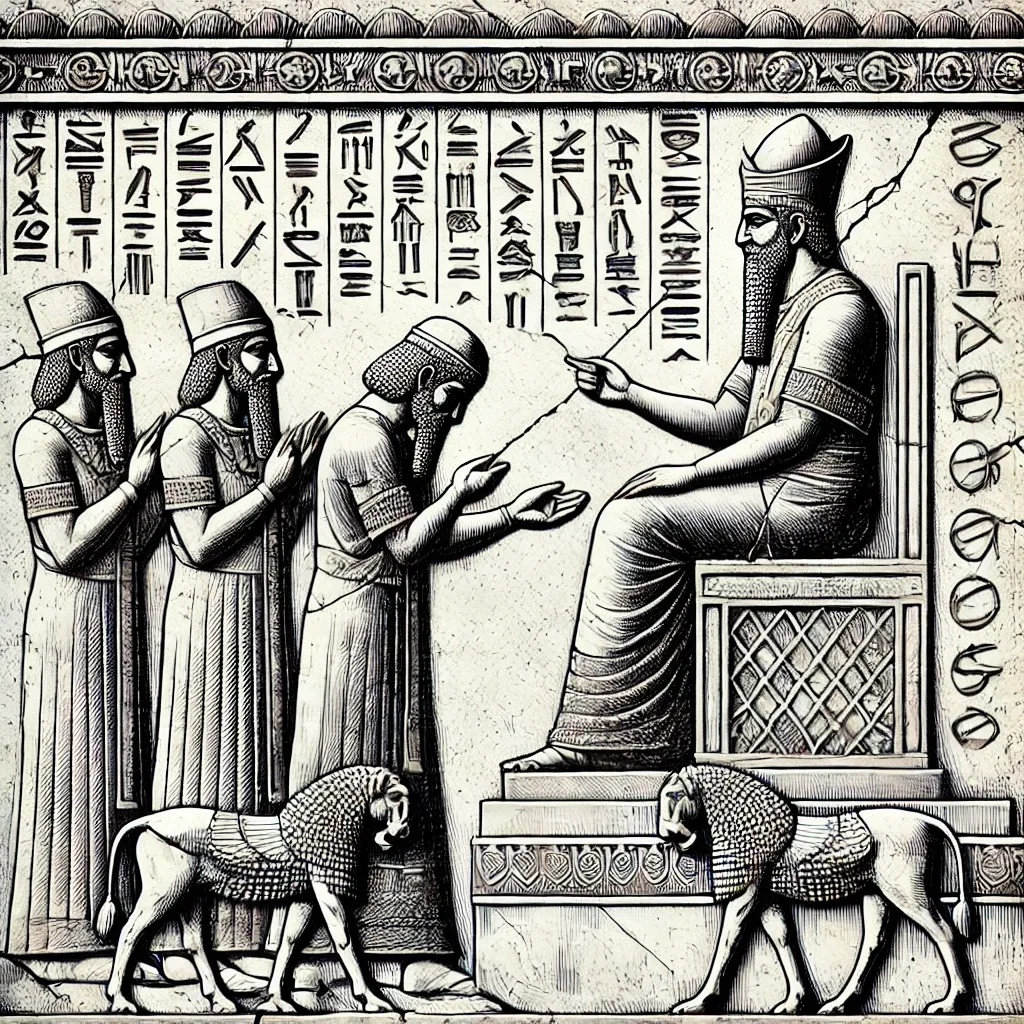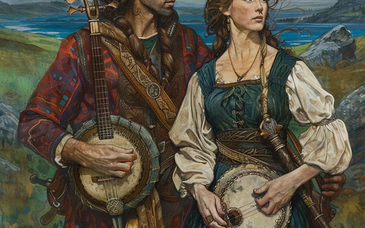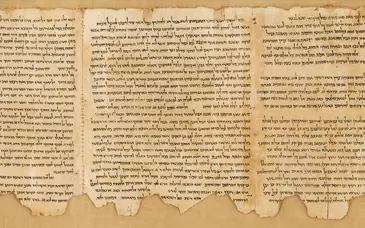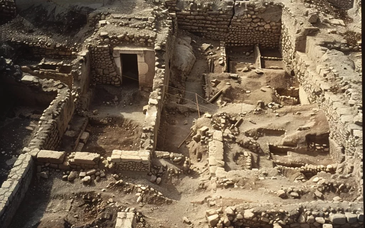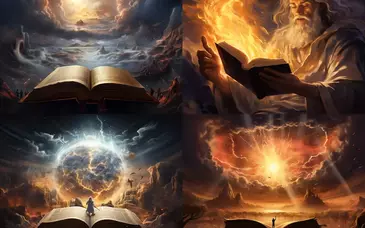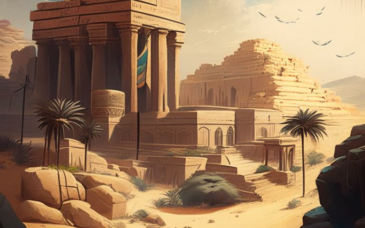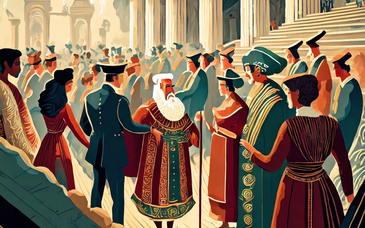The Black Obelisk of Shalmaneser III is one of the most significant artifacts from the ancient Near East, offering a rare glimpse into the geopolitical landscape of the 9th century BCE. Among its detailed reliefs, one particular scene stands out: Jehu, king of Israel, bowing before the powerful Assyrian monarch. This depiction is historically unique, as it is the only known artistic portrayal of an Israelite or Judaean king from antiquity.
The Black Obelisk: A Monument of Power and Tribute
Discovered in 1846 by Sir Austen Henry Layard in Kalhu (modern Nimrud, Iraq), the Black Obelisk is a four-sided limestone pillar covered in inscriptions and reliefs commemorating the military campaigns of Shalmaneser III (ruled 858–824 BCE). Standing at 2 meters (6.5 feet) high, it presents five panels depicting various foreign rulers submitting to Assyria’s power.
One of these panels features a tribute delegation from Israel (referred to as "Bit-Humri" or "House of Omri"), with an inscription that reads:
"The tribute of Jehu, son of Omri: I received from him silver, gold, a golden bowl, a golden beaker, golden goblets, pitchers of gold, lead, a staff for the hand of the king, [and] javelins."
The image of Jehu (or a high-ranking official representing him) shows him bowing low before Shalmaneser III, leading a procession of Israelite envoys carrying tribute.
Who Was Jehu?
Jehu ruled Israel from 841 to 814 BCE and is best known for his violent rise to power, as described in 2 Kings 9–10.
- He overthrew the House of Omri, assassinating King Joram of Israel and King Ahaziah of Judah.
- He ordered the execution of Jezebel, fulfilling the prophecy of Elisha.
- He carried out a brutal purge of Baal worship, destroying temples and executing Baal’s priests.
Although Jehu established a new ruling dynasty, his reign was marked by political instability and growing pressure from regional superpowers.
Why Did Jehu Pay Tribute to Assyria?
Jehu found himself caught between two major forces:
- The Assyrian Empire, expanding into the Levant under Shalmaneser III.
- Aram-Damascus, ruled by Hazael, who was a significant military threat to Israel.
To counteract Damascus’ growing power, Jehu likely submitted to Assyria as a vassal state, offering tribute in exchange for military protection. However, this allegiance marked the beginning of Israel’s dependency on Assyria, which would eventually lead to its destruction in 722 BCE.
The Historical Importance of Jehu’s Tribute
The Jehu panel on the Black Obelisk is invaluable for multiple reasons:
- It confirms a biblical figure in an external historical source.
- It provides a rare artistic depiction of an Israelite king.
- It highlights Israel’s early submission to Assyria, a key moment in biblical history.
For scholars and enthusiasts alike, this relief is one of the most compelling visual links between biblical narratives and Assyrian records.
Get a High-Quality Sketch of the Jehu Relief Panel
For those interested in historical art and biblical archaeology, a 300dpi sketch of the Jehu Relief Panel is available for purchase at Parsef.com. This detailed sketch allows for close examination of one of the most famous images from the ancient Near East.
The depiction of Jehu on the Black Obelisk is not just a work of art—it is a historical testament to the shifting powers of the ancient world. It represents a moment of submission, survival, and political maneuvering that shaped Israel’s fate for generations to come.
This remarkable relief remains a critical piece of evidence linking the Bible, archaeology, and Assyrian history, offering a tangible glimpse into one of the most pivotal moments of the 9th century BCE.
